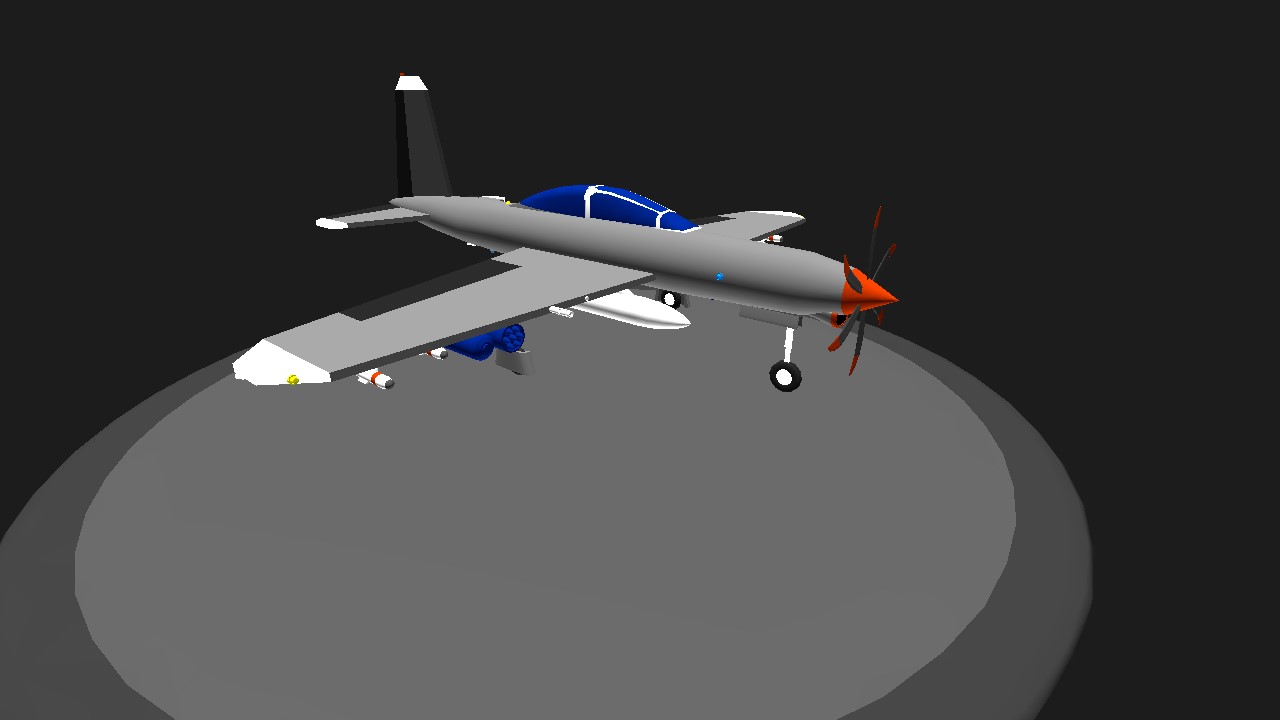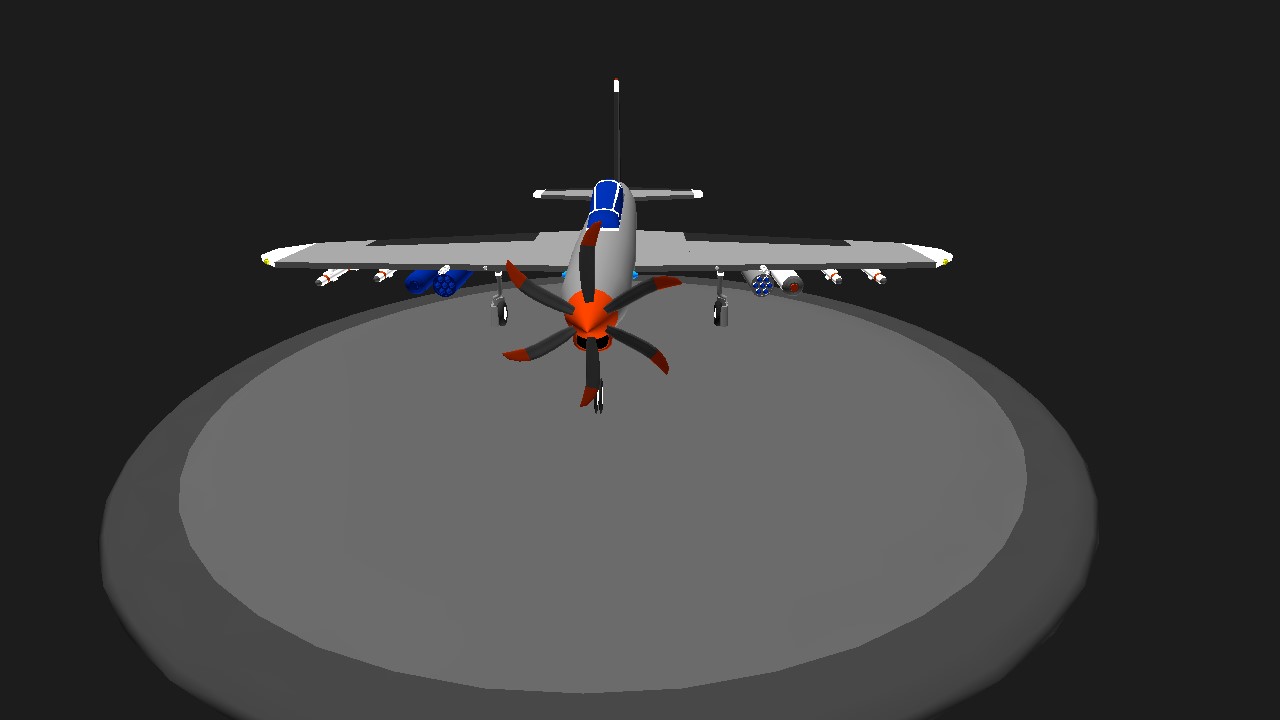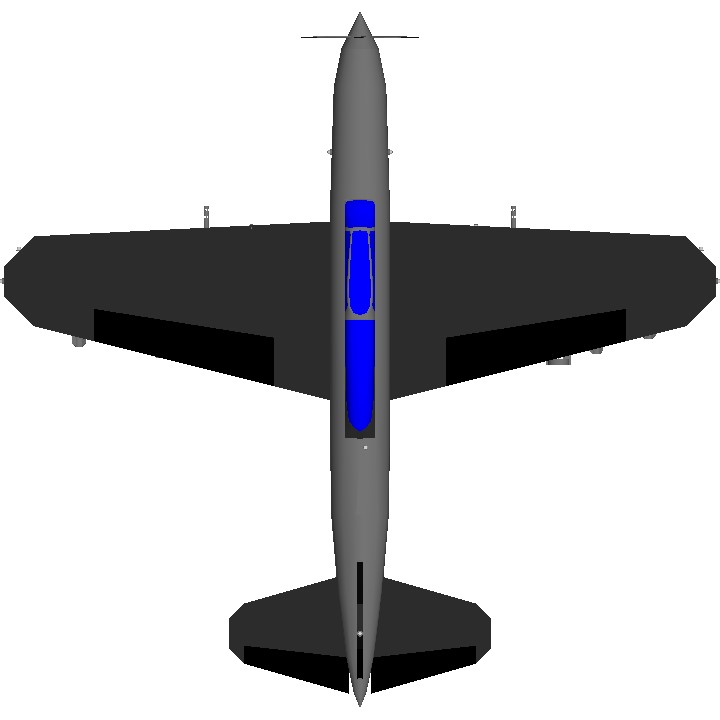The concept of an Italian Turboprop light Attack aircraft. Made by Leonardo in collaboration with Dassault Aviation France , it can be used as an anti-guerrilla Counter Instrugency (Counter) attack aircraft suitable for close air support and intelligence operations including having electronic warfare capabilities in the air.
History
The Italian Air Force at that time together with the French Air Force needed an aircraft for counter-terrorism and anti-guerrilla warfare using a single turboprop engine. At that time, Italy did not yet have a turboprop attack aircraft that was designed to be cheaper, save on aviation fuel and have good performance. France also needed it because it had a simple, tough platform that could search for targets on the ground and could coordinate with ground troops for close air support operations, including being used as a long-term reconnaissance platform.
Information
Both countries agreed to use it specifically for operations in remote areas, especially small towns and villages that lack runways or runways because the use of engine platform aircraft is considered very troublesome because it can cost 150,000 and 220,000? per flight hour for operations. The birth of the SF-800 for anti-guerrilla and counter-terrorism operations including anti-invasion operations in remote areas including intelligence. The aircraft has been equipped with an electronic warfare system to deceive enemy missiles and drones, jet aircraft and others.
First flight and Development biggest Productions and Finaly plane this on fly since 20 August 2045 3 days after independen Indonesia 100th years
They are test flight before on big Productions biggest and on export wide for NATO Country member
Specifications
General Characteristics
- Created On Android
- Wingspan 39.4ft (12.0m)
- Length 38.1ft (11.6m)
- Height 14.8ft (4.5m)
- Empty Weight 8,975lbs (4,071kg)
- Loaded Weight 17,937lbs (8,136kg)
Performance
- Horse Power/Weight Ratio 0.055
- Wing Loading 51.0lbs/ft2 (248.9kg/m2)
- Wing Area 351.8ft2 (32.7m2)
- Drag Points 2494
Parts
- Number of Parts 81
- Control Surfaces 5
- Performance Cost 541






